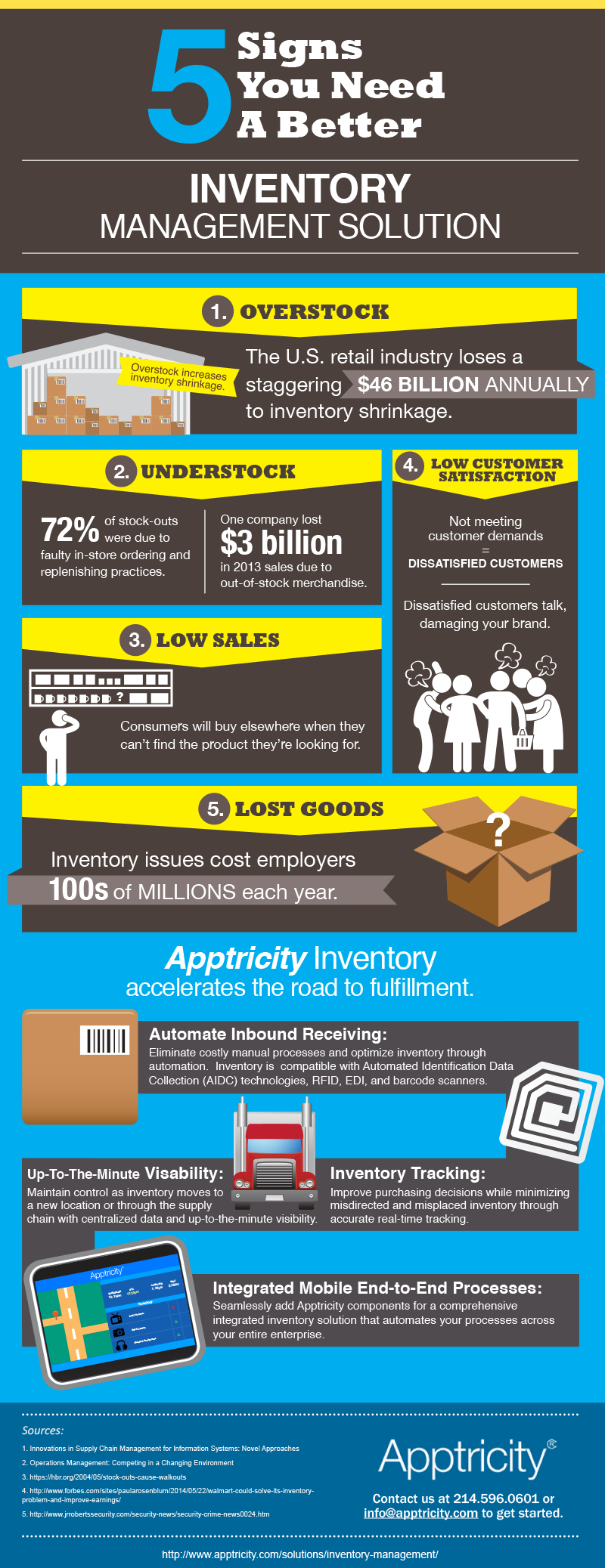When it comes to inventory management, companies are starting to change the way they fill their warehouses.
For instance, Home Depot [Inventory on Retail shelves] wants fewer items on its shelves and it wants them to be within customers’ reach.
Tom Shortt, Home Depot’s senior vice president of supply chain says to “Get comfortable with days of inventory, not weeks.”
Retailers are rethinking their inventory strategies, and are targeting their sales approach to keep inventory levels flat or slightly down.
This is a shift happening across the retail industry as companies try to figure out ways to profitably serve the growing needs of online shoppers while making their network of stores less of a financial burden.
While other corporations such as Wal-Mart Inc. and Target Corp. are cutting back on their inventory, they have moved products to shelves in faster time.
Because inventory is one of retailers’ highest costs, many are looking for any solution to reduce them; and with the latest trend to reduce inventory levels to meet demands, savings can be used elsewhere that would require less space. What does this mean for their warehouse?
The latest retail trends suggest a desire to lower warehouse and inventory costs. With fewer items to carry in stores and in the warehouse, storage can be reduced. With an integrated asset tracking solution for inventory, retailers can decide whether to reduce warehouse sizing and spend resources elsewhere in their organization.
With an effective warehouse management solution, inventory can be tracked to provide significant process improvements and reduce turnaround times, ultimately increasing profits.
With Apptricity Warehouse, retail operations are improved by providing the ability to oversee inventory levels, trends, locations, and more, supported by a user-friendly interface and efficient reporting functions.
With a warehouse solution that allows you to run multiple facilities on the same system, it’s easier to have complete visibility of your inventory and shift as needed to enhance purchasing decisions.
Article topics
Email Sign Up



















